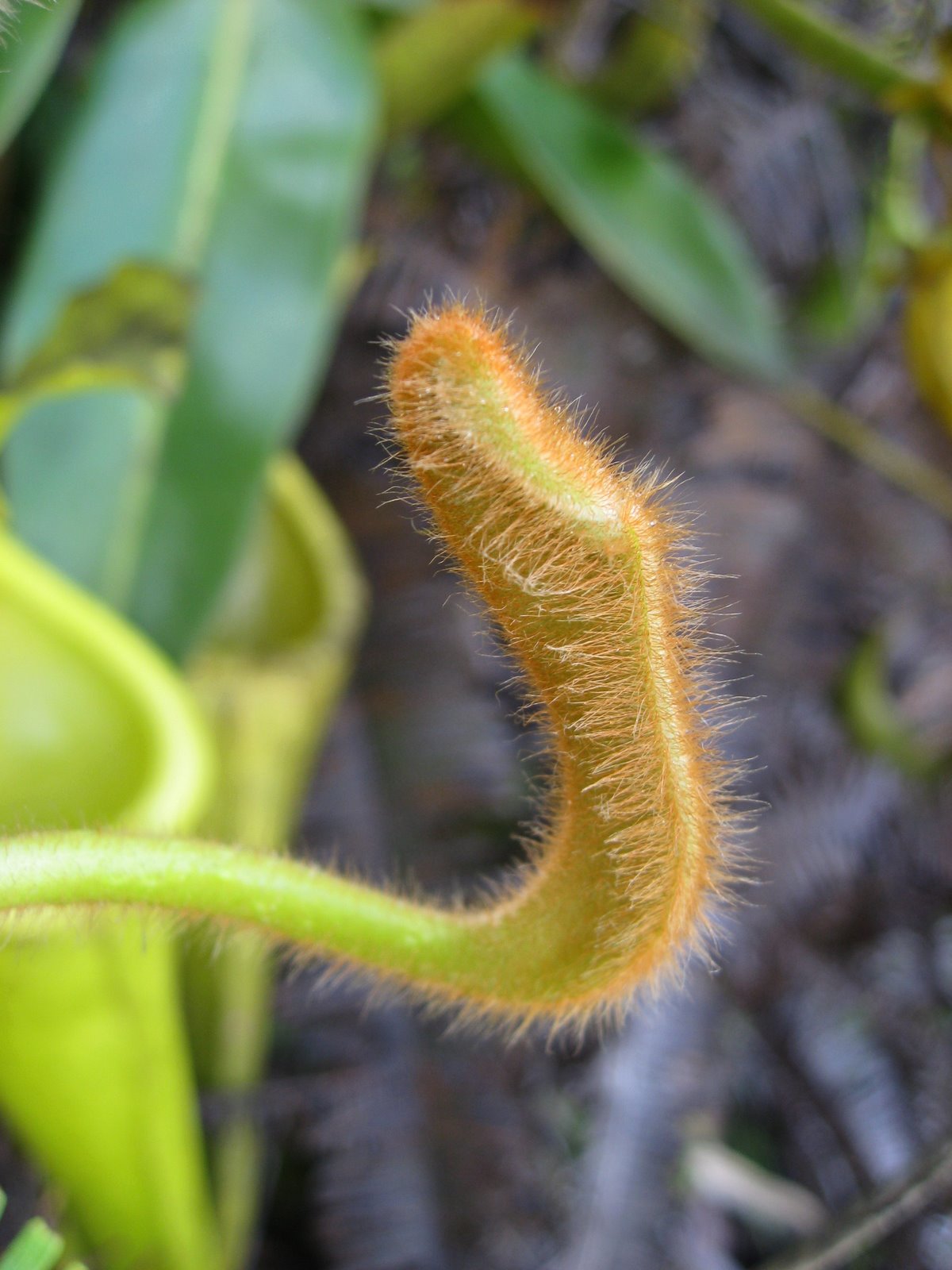Indumentum on:
[Wikipedia]
[Google]
[Amazon]
In biology, an indumentum (
Indumentum types
Plant anatomy {{botany-stub
Latin
Latin ( or ) is a classical language belonging to the Italic languages, Italic branch of the Indo-European languages. Latin was originally spoken by the Latins (Italic tribe), Latins in Latium (now known as Lazio), the lower Tiber area aroun ...
, literally: "garment") is a covering of trichome
Trichomes (; ) are fine outgrowths or appendages on plants, algae, lichens, and certain protists. They are of diverse structure and function. Examples are hairs, glandular hairs, scales, and papillae. A covering of any kind of hair on a plant ...
s (fine "hairs") on a plant
Plants are the eukaryotes that form the Kingdom (biology), kingdom Plantae; they are predominantly Photosynthesis, photosynthetic. This means that they obtain their energy from sunlight, using chloroplasts derived from endosymbiosis with c ...
or of bristles (rarely scales) of an insect
Insects (from Latin ') are Hexapoda, hexapod invertebrates of the class (biology), class Insecta. They are the largest group within the arthropod phylum. Insects have a chitinous exoskeleton, a three-part body (Insect morphology#Head, head, ...
.

Plants
The indumentum onplant
Plants are the eukaryotes that form the Kingdom (biology), kingdom Plantae; they are predominantly Photosynthesis, photosynthetic. This means that they obtain their energy from sunlight, using chloroplasts derived from endosymbiosis with c ...
s can have a wide variety of functions, including as anchorage in climbing plants (e.g., '' Galium aparine''), in transpiration control, in water absorption ('' Tillandsia''), the reflection of solar radiation, increasing water-repellency (e.g., in the aquatic fern '' Salvinia''), in protection against insect predation, and in the trapping of insects ('' Drosera'', '' Nepenthes'', '' Stylosanthes''). Plant indumentum types include
*hirsute
*lanate
*pilose
*pubescent
*scabrous
*scurfy
*stellate
* tomentose
*villous
Insects
The use of an indumentum oninsect
Insects (from Latin ') are Hexapoda, hexapod invertebrates of the class (biology), class Insecta. They are the largest group within the arthropod phylum. Insects have a chitinous exoskeleton, a three-part body (Insect morphology#Head, head, ...
s can be pollen
Pollen is a powdery substance produced by most types of flowers of seed plants for the purpose of sexual reproduction. It consists of pollen grains (highly reduced Gametophyte#Heterospory, microgametophytes), which produce male gametes (sperm ...
-related as on bees, sensory like whiskers, or for other uses including adhesion and poison
A poison is any chemical substance that is harmful or lethal to living organisms. The term is used in a wide range of scientific fields and industries, where it is often specifically defined. It may also be applied colloquially or figurati ...
.
See also
*Glossary of botanical terms
This glossary of botanical terms is a list of definitions of terms and concepts relevant to botany and plants in general. Terms of plant morphology are included here as well as at the more specific Glossary of plant morphology and Glossary ...
References
External links
* New South Wales Flora Online ( PlantNET) â€Indumentum types
Plant anatomy {{botany-stub